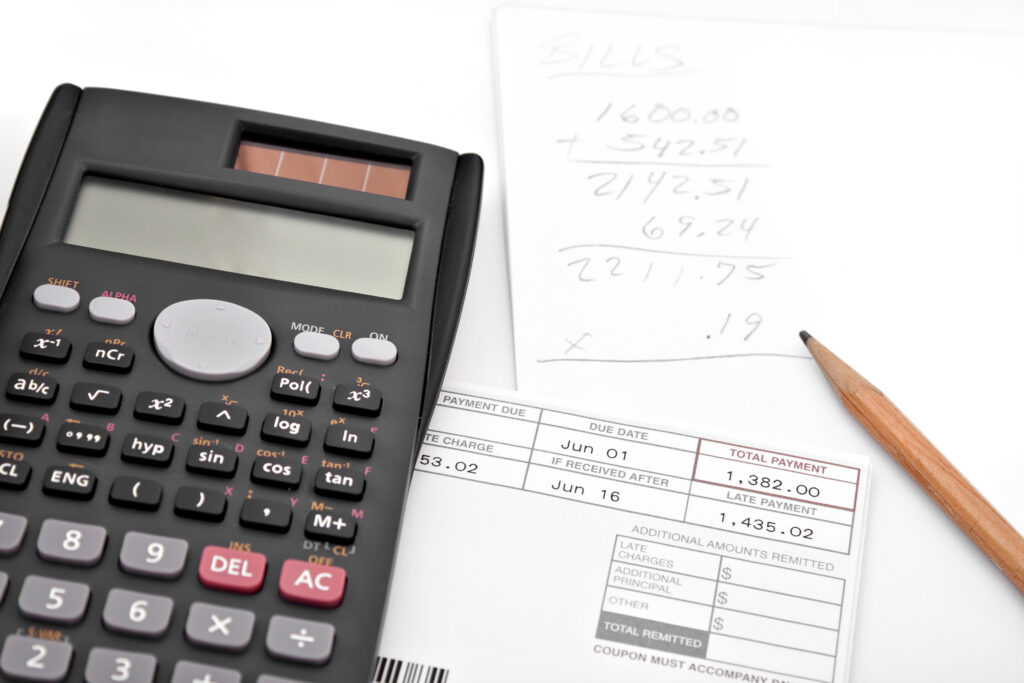 Good news for sole-proprietors, independent contractors and self-employed individuals (Schedule C filers) who still plan on applying for a PPP loan: The SBA announced last week that these individuals can use gross receipts rather than net profits to calculate owner compensation, which in turn determines loan amounts.
Good news for sole-proprietors, independent contractors and self-employed individuals (Schedule C filers) who still plan on applying for a PPP loan: The SBA announced last week that these individuals can use gross receipts rather than net profits to calculate owner compensation, which in turn determines loan amounts.
The bad news is that loans that have already been approved cannot be amended.
This change was made to address the very real possibility that an independent contractor, self-employed individual, or sole proprietor had no profit, which would, in turn, make them ineligible for a PPP loan since their Schedule C would show no compensation.
Under the new rules, applicants can elect to calculate their requested loan amount either using net profits (line 31 of form Schedule C) or gross receipts (Line 7 on form Schedule C).
Applicants with employees must subtract employee compensation from the owner-compensation calculation. They can calculate their loan amount in one of two ways:
- They can use net profits (line 31 of form Schedule C), or
- They can calculate the sum of their gross receipts (line 7), minus the following:
- Employee benefit plans, as shown on line 14
- Pension and profit sharing plans, as shown on line 19
- And wages, less employment credits, as shown on line 26
This will yield the owner’s compensation, which is added to the amount calculated for employees. Owner compensation is capped at $100,000.
In an effort to prevent fraud, the SBA may review forgiveness applications for Schedule C filers who earned more than $150,000 in gross income and who choose to use gross income to calculate the loan amount. In other words, there may not be a “good faith presumption” that the borrower needed the loan to support ongoing business operations due to the uncertainty of the current economic climate.


